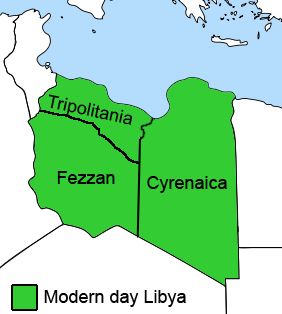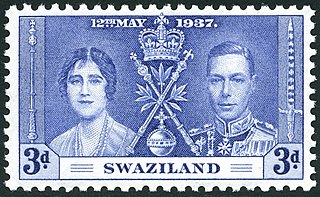
This is an overview of the postage stamps and postal history of Australia.
This is a survey of the postage stamps and postal history of Bechuanaland Protectorate.
Each "article" in this category is a collection of entries about several stamp issuers, presented in alphabetical order. The entries are formulated on the micro model and so provide summary information about all known issuers.

The postal history of the Bahamas begins in the 18th century, with the first post office operating since 1733. The earliest known letters date from 1802. In 1804 a straight-line "BAHAMAS" handstamp came into use. The Royal Mail Line initiated a regular mail service in 1841, and from 1846 used a "Crown Paid" handstamp along with a dated postmark for New Providence.

Stellaland was a short-lived Boer republic from 1882 until 1885, located in southern Bechuanaland, west of the then South African Republic, with Vryburg as its capital. It was incorporated in British Bechuanaland in 1885. British Bechuanaland was subsequently incorporated into the Cape of Good Hope in 1895.

This is a survey of the postage stamps and postal history of Tripolitania, now part of Libya.
The postage stamps of Vietnam were issued by a variety of states and administrations. Stamps were first introduced by the French colonial administration. Stamps specifically for Vietnam were first issued in 1945. During the decades of conflict and partitioning, stamps were issued by mutually hostile governments. The reunification of Vietnam in 1976 brought about a unified postal service.

The postage stamps and postal history of Christmas Island, in the Indian Ocean, was linked to its original economic situation until 1993. Mainly ruled by a phosphate production commission, the island was part of the British Straits Settlements colony from 1901 to 1942, then of Singapore from 1946 to 1958. Although it was placed under Australian control in 1958, the island remained postally and philatelically independent until 1993 when Australia Post became the island's postal operator.
This is a survey of the postage stamps and postal history of Syria.

This is a survey of the postage stamps and postal history of Liechtenstein.

This is a survey of the postage stamps and postal history of Ghana, known as the Gold Coast before independence.

This is a survey of the postage stamps and postal history of Cyrenaica, now part of Libya.

This is a survey of the postage stamps and postal history of Libya. Libya is a country located in North Africa. Bordering the Mediterranean Sea to the north, Libya lies between Egypt to the east, Sudan to the southeast, Chad and Niger to the south, and Algeria and Tunisia to the west.

This is a survey of the postage stamps and postal history of South Africa.

This is a survey of the postage stamps and postal history of Zimbabwe.

Victoria, a state of Australia and until 1901 a British colony, was still under the control of New South Wales when its first post office was opened in Melbourne in April 1837. Post offices opened at Geelong and Portland soon after, and by 1850 there were forty-five post offices.

This is a survey of the postage stamps and postal history of Eswatini, formerly Swaziland.

This is a survey of the postage stamps and postal history of Transvaal, formerly known as the South African Republic.

The South African Republic (ZAR), later known as Transvaal issued revenue stamps from 1875 to around 1950. There were a number of different stamps for several taxes.

Postage stamps of Italian Libya were stamps issued by the Kingdom of Italy for use in Italian Libya, between 1912 and 1943.















